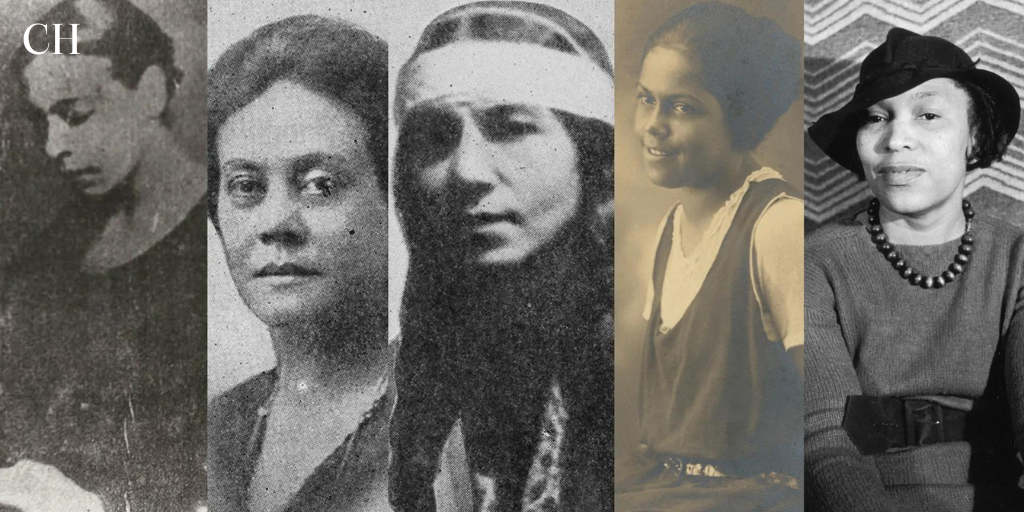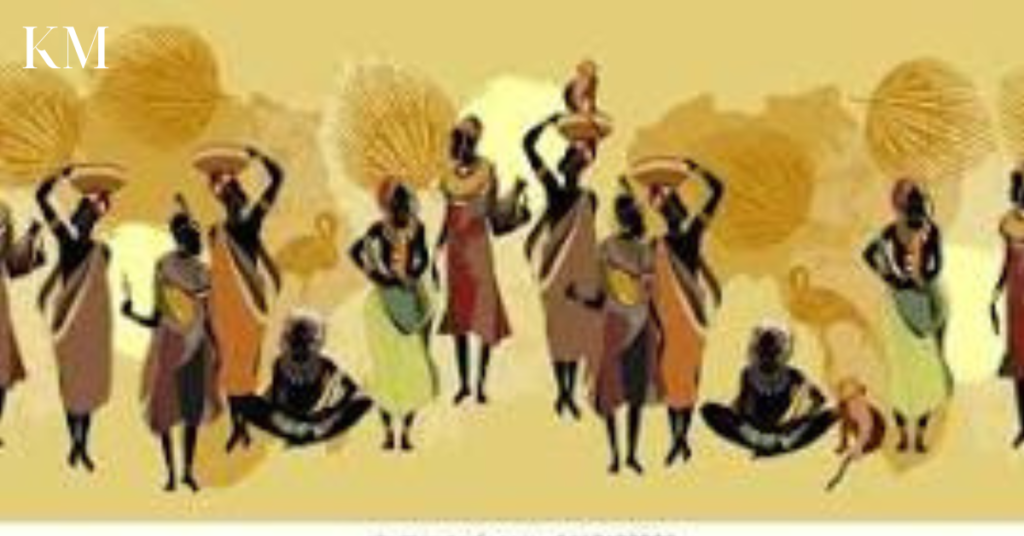
The Harlem Renaissance, a cultural, social, and creative boom centered on Harlem, New York, in the 1920s and 1930s, witnessed the rise of many notable women who made substantial contributions to the cause. These women helped shape the cultural landscape of their day, challenging traditional norms and setting the way for future generations of African American artists, authors, and activists.
One of the most renowned personalities was Zora Neale Hurston, an author, anthropologist, and folklorist. Hurston’s work emphasized African American culture, particularly in the rural South, and her best-known novel is “Their Eyes Were Watching God.” Her writing frequently focused on the lives of African American women, delving into issues of racial identity, gender, and self-empowerment. Hurston’s contributions to literature and anthropology were critical to preserving African American folklore and oral history.
Another notable figure was Jessie Redmon Fauset, a writer, editor, and educator. As the literary editor of the NAACP’s magazine The Crisis, Fauset was instrumental in publicizing the works of numerous Harlem Renaissance writers, including Langston Hughes and Claude McKay. Her novels, including “Plum Bun” and “There Is Confusion,” explored issues of race, class, and gender, offering a realistic portrait of African American society. Fauset’s editorial work and her own literary talents helped shape the Harlem Renaissance’s literary scene.
According to Indiana University Press “Wall’s writing is lively and exuberant. She passes her enthusiasm for these writers’ works on to the reader. She captures the mood of the times and follows through with the writers’ evolution—sometimes to success, other times to isolation. . . . Women of the Harlem Renaissance is a rare blend of thorough academic research with writing that anyone can appreciate.” —Jason Zappe, Copley News Service
“By connecting the women to one another, to the cultural movement in which they worked, and to other early 20th-century women writers, Wall deftly defines their place in American literature. Her biographical and literary analysis surpasses others by following up on diverse careers that often ended far past the end of the movement. Highly recommended . . . ” —Library Journal
“Wall offers a wealth of information and insight on their work, lives and interaction with other writers. . . strong critiques . . . ” —Publishers Weekly
The lives and works of women artists in the Harlem Renaissance—Jessie Redmon Fauset, Nella Larsen, Zora Neale Hurston, Bessie Smith, and others. Their achievements reflect the struggle of a generation of literary women to depict the lives of Black people, especially Black women, honestly and artfully.
Nella Larsen, another prominent writer, left a lasting impression with her novels “Quicksand” and “Passing.” Larsen’s art explored complicated subjects such as racial identity, passing, and the interplay between race and gender. Her sophisticated representation of mixed-race individuals and the social pressures they faced provided a critical lens into the African American experience during the Harlem Renaissance. Despite criticism and personal obstacles, Larsen’s literary successes continue to demonstrate her talent and intelligence.
Women like Zora Neale Hurston, Jessie Redmon Fauset, and Nella Larsen were at the forefront of the Harlem Renaissance, using their talents to challenge stereotypes and construct a more complete, inclusive story of African American life. Their legacy continues to inspire and shape current literature, arts, and cultural studies.


